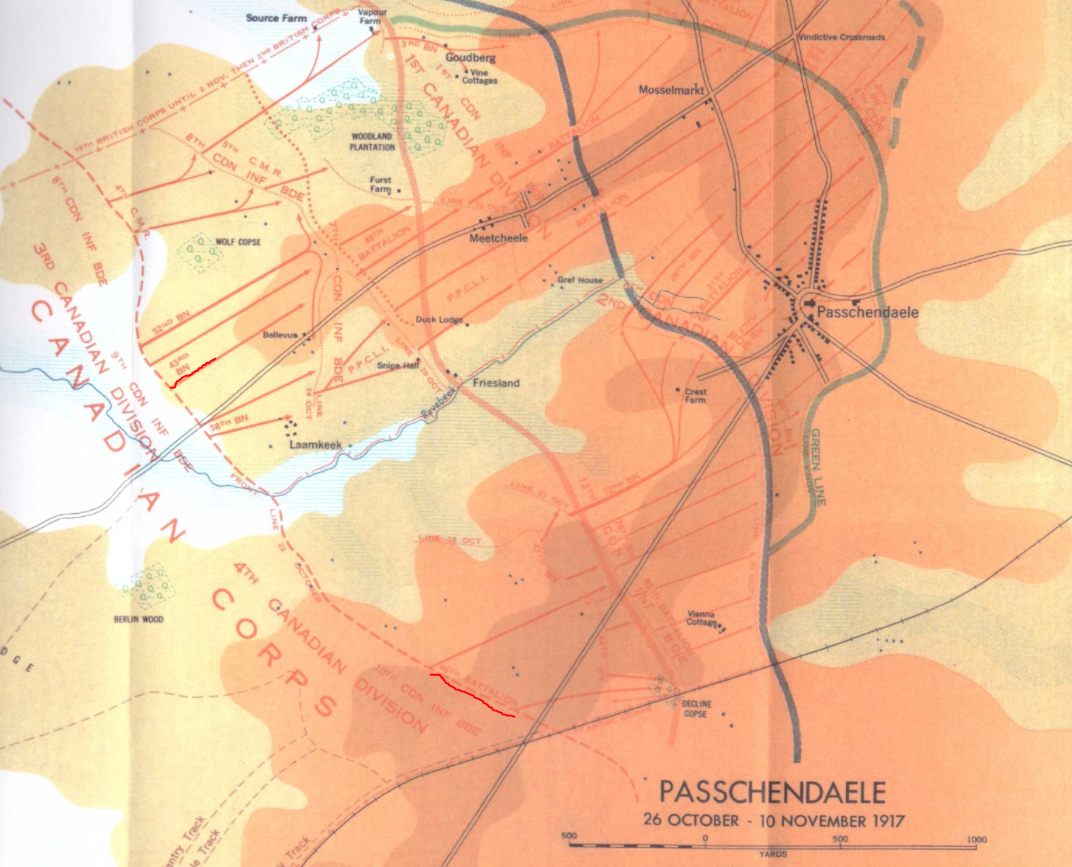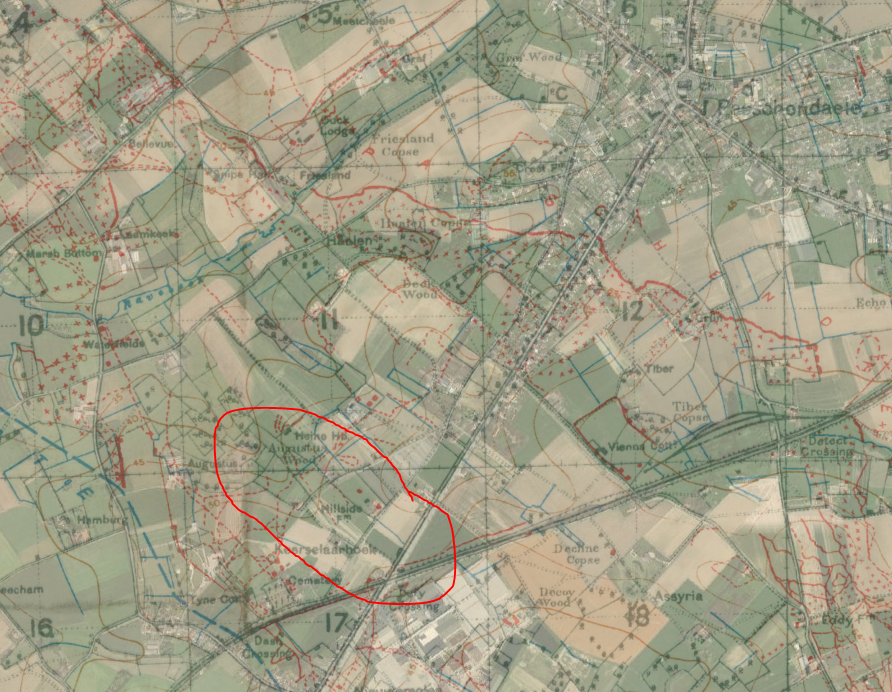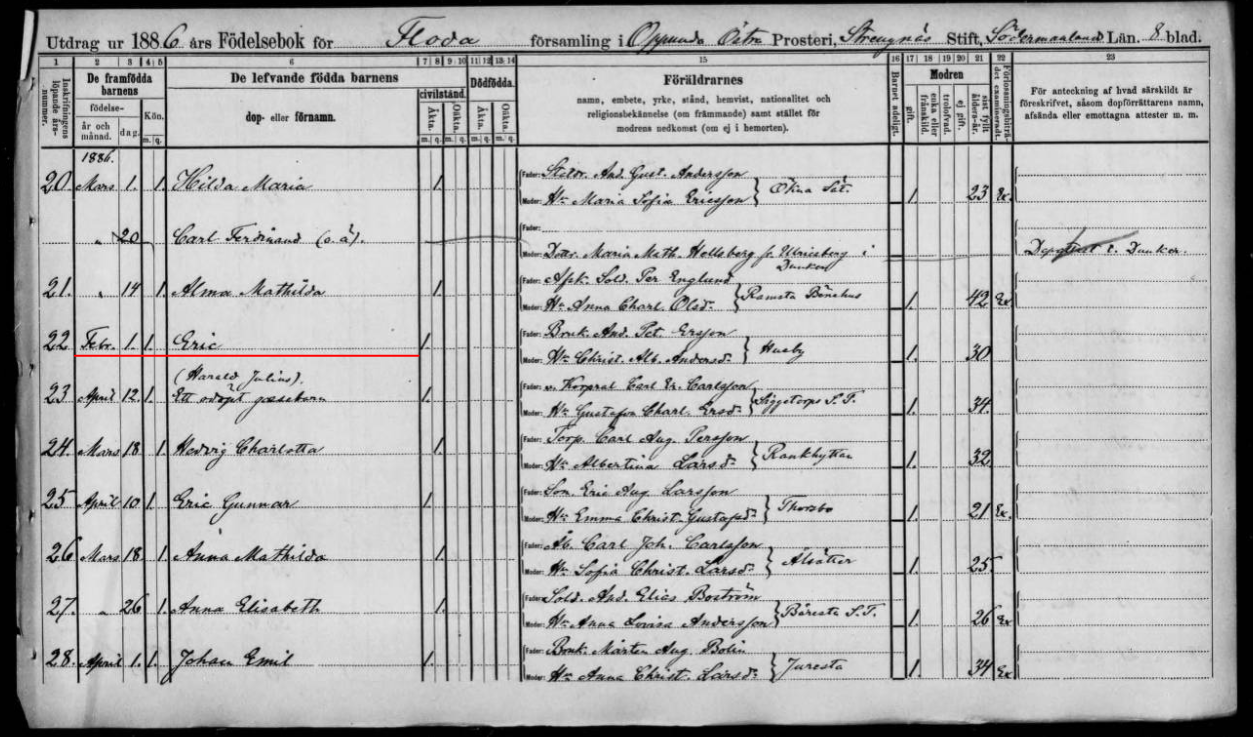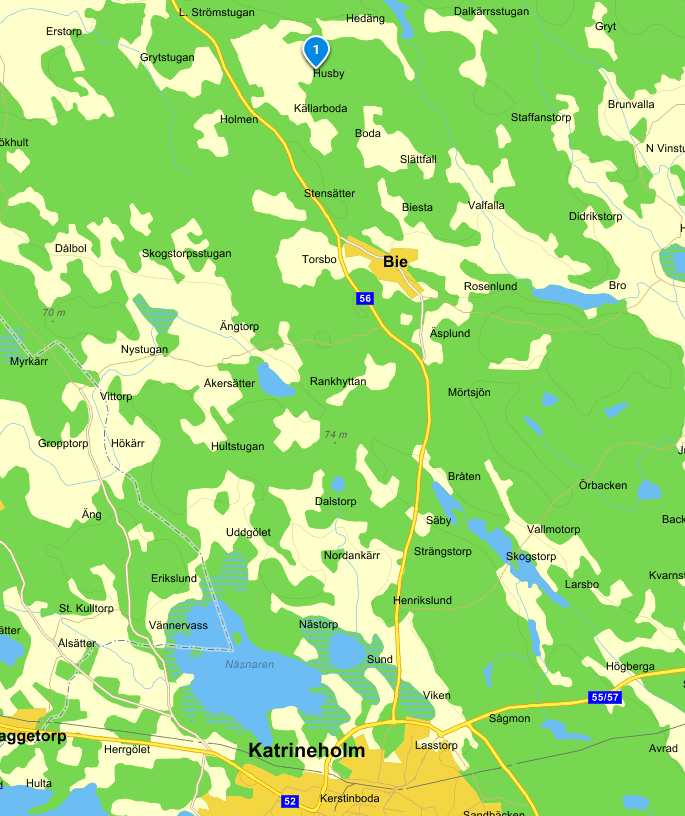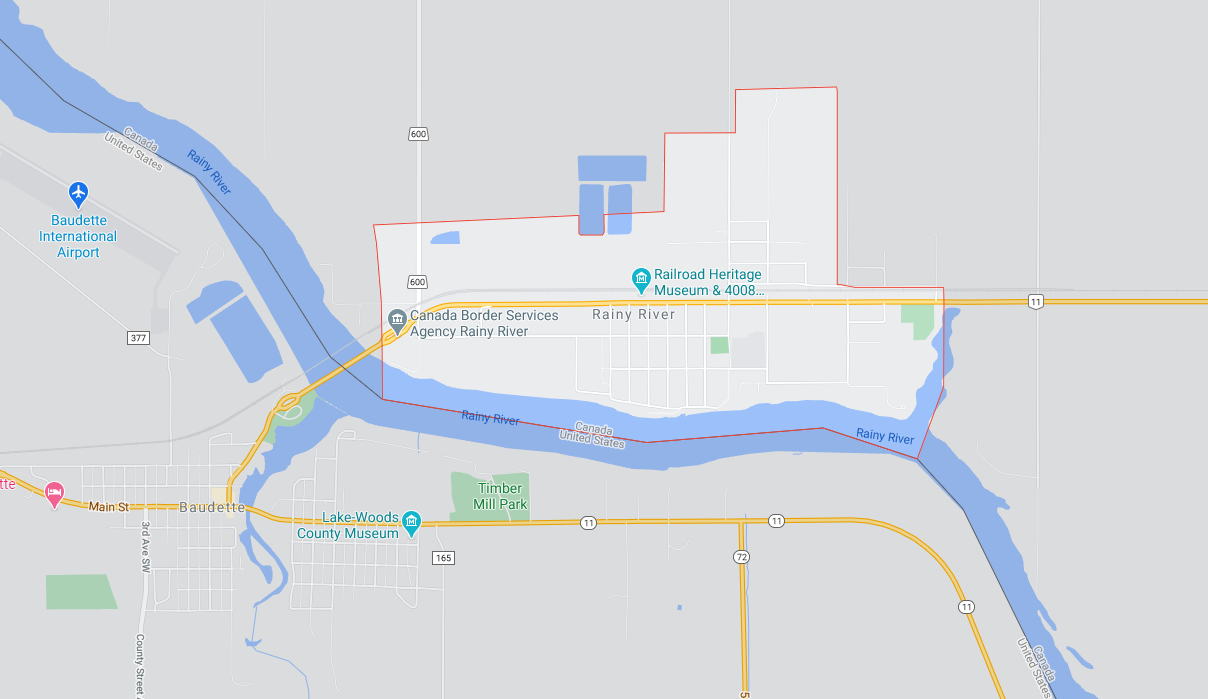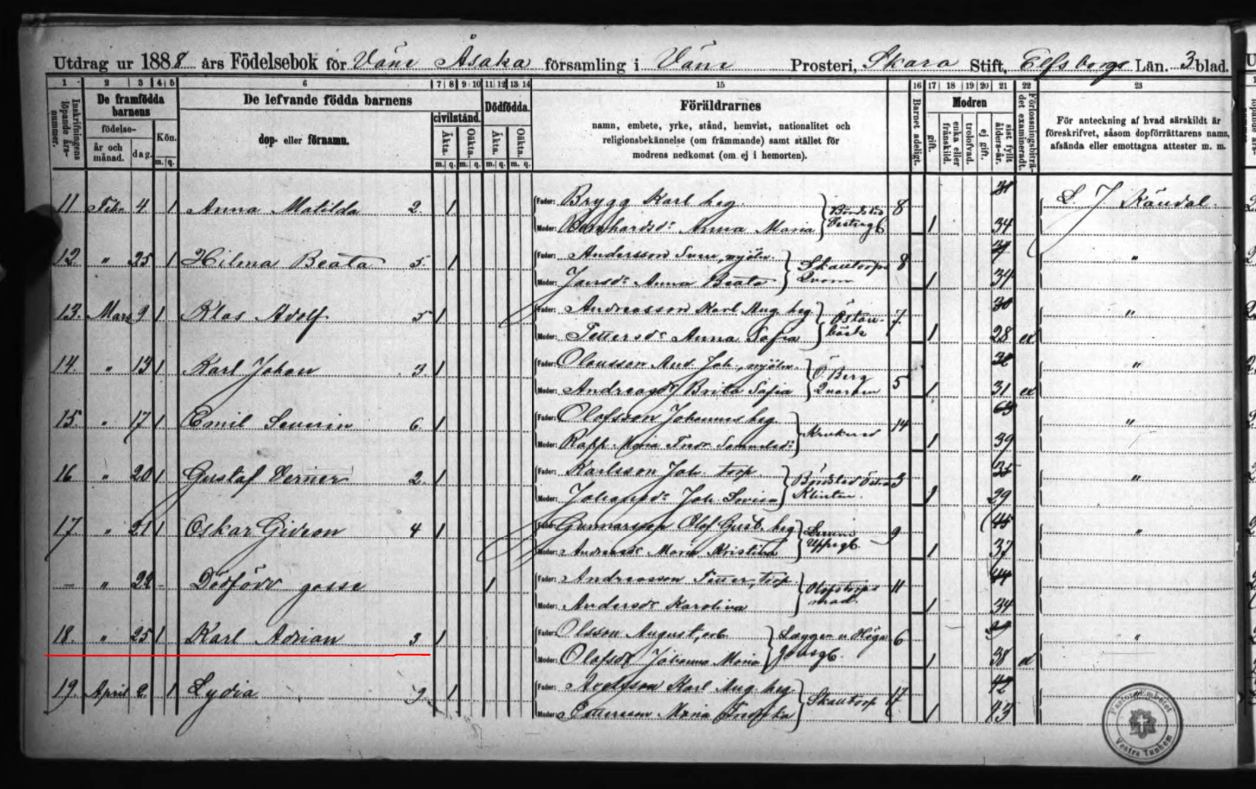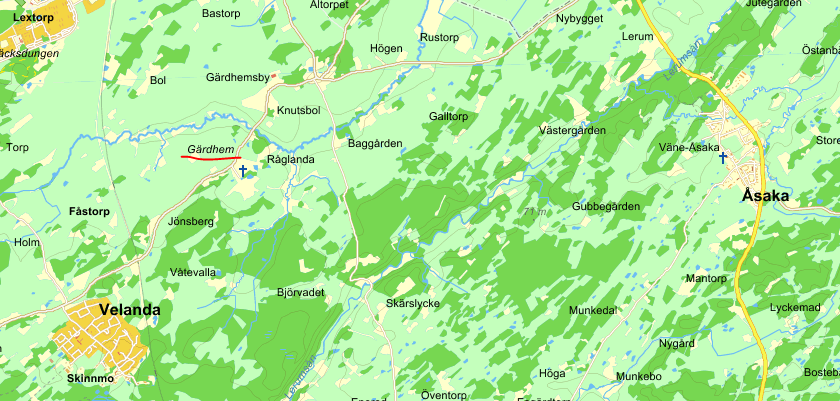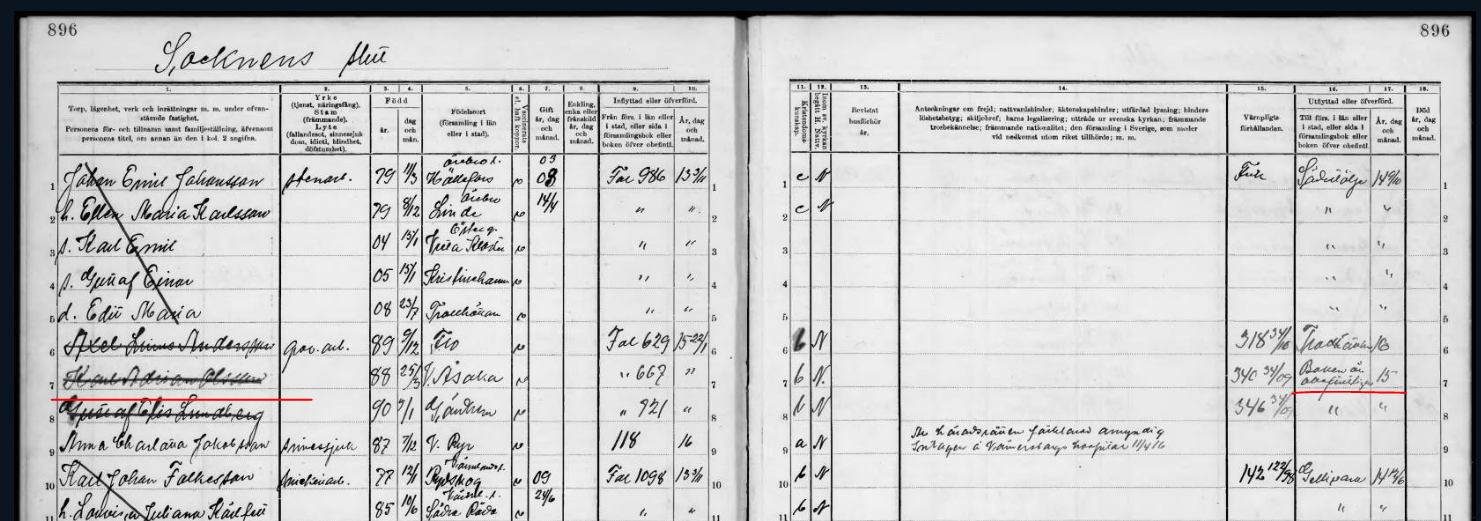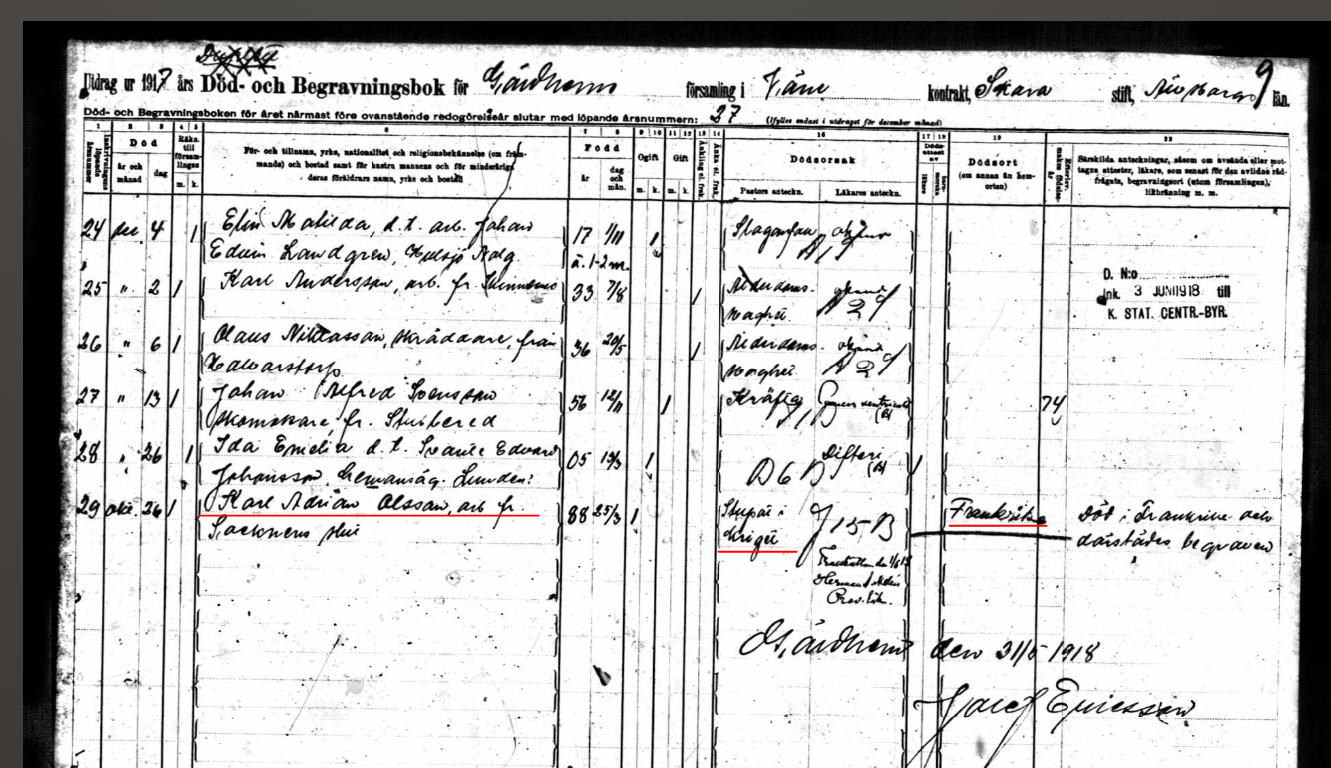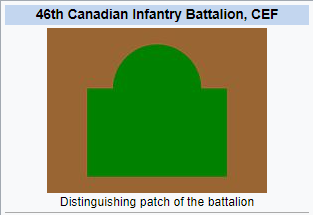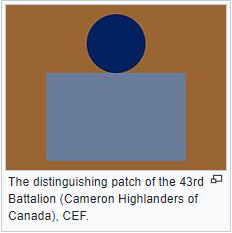[Remarks: My normal language is Swedish, so please feel free to comment if you find some information in english is expressed in a strange way]
October 26 1917, the start of the second Battle of Passchendaele within the Third battle of Ypres. It was the second part of the Battle of Passchendaele (Dritte Flandernslacht [GER], Troisième Bataille des Flandres [FR]) that took place between July and November in 1917.
I will in this post tell you more about two of the so far 16 Swedish soldiers that are commemorated at the Menin Gate Memorial in Ypres in Belgium. So far I have found 16 Swedish born soldiers at that memorial, which are soldiers with no known grave, and they are commemorated together with almost 55.000 other soldiers in this monument. May they rest in peace.
Erick Anderson and Karl Olson were killed in action the same day, fighting for two different Canadian units but they were not far away from eachother this specific day.
Erick Anderson was born as Eric Ersson February 1st 1886. His parents were Kristina Albertina Andersdotter and Anders Petter Ersson, Erick probably took his surname after his father Anders first name, which was a common method at that time.
There is no information about when Erick left Sweden but there are some documents that states his census for Canada in 1906 as a Lodger. This is not confirmed. He is registered for the Canadian Army February 28, 1916 at the age of 30, and on the same card it says he is living in Rainy Rivers, Ontario, Canada, right on the border to the USA. Many Swedes went for Canada in these years, and Ontario was a common place to settle down.
His next of Kin (NOK) i the papers is his brother Carl which lives a bit south of Erick, in Gonvick, Clearance County, Minnesota, USA. Maybe they left Sweden together. It is quite normal that they stated their parents as next of Kin in the papers, and if the address was to an address in Sweden you can assume that the parents still lived there, and that the Swedes who went over, did that by themselves. If someone have siblings as NOK they probably emigrated together or just after. In this case I cant find any other address for Ericks parents in the Swedish Archives.
Erick arrived in England from Canada July 6th, 1916 and is Taken on Strenght (TOS) to the 5th Canadian Infantry Battalion. According to thye Casualty card he is injured in his right arm by a shrapnel or a Gun Shot which penetrated his arm. He received this injury in the battle of Vimy Ridge in France, April 11th 1917. He was at that time fighting for the same battalion as another Swede, Axel Renyus Carlson, who you can find in my soldier list in the Main menu in this web page. Axel was killed in action in that battle.
In my list I have 7 Swedes who fought for the 5th Canadian Infantry Batallion, and they will later on have a story for themselves.
Erick was discharged from Wharncliffe War Hospital in Sheffield June 11th 1917, and then later became attached to 46th Canadian Infantry Battalion in September 26, 1917. In October 26, 1917 he is reported to be wounded and missing, and later on reported to have been killed in action the same day. Erick has no known grave and is therefor commemorated at Menin Gate Memorial. When reading about the Battle of Passchendaele you understand why many soldiers dont have their own grave, They could have been buried where they fell, but the grave could probably not be located after extreme shellings later in the battle.
The same day Karl Olson participated in the same battle but in another battalion. Here is the story about him
Karl Olson, or Karl Adrian Olsson which was his Swedish name, was born in Åsaka Perish in Älvsborgs County, Sweden, March 25, 1888. His parents were August Olsson and Johanna Maria Olofsdotter.
According to the church books he went to North America in 1915. Before he went over he did his conscript period in Swedish Army, as every 21 year old man did at that time. Right now there is no information how Karl went over to the USA but the paper states that he was registrated for the Canadian Army January 8, 1916.
He left Halifax, Nova Scotia December 15, 1916 and disembarked in Liverpool December 28, 1916. He landed in France and was taken on strenght (TOS) for the 43rd Canadian Infantry battalion was may 4th, 1917. There are not many events stated in the Casualty Card before he is killed in action October 26, 1917, first day of the second battle of Passchendaele.
The church book mention he is killed in France but we know now he was killed in Belgium. In the diary for the 46th canadian Infantry Battalion you can read the text by Captain Galt:
“The situation looks OK as far as I can Judge. The 52nd are 100 yards in front of us and in fair strength. It is to be regretted we did not get further, but it was not possible. S.O.S is in working order and conditions considered we are OK.”
The casualties for that first day for the battalion are estimated to be 13 officers and about 300 ORs (Other Ranks)
Karl Olson has no known grave, and he is also to be found on the Menin Gate Memorial in Ypres, Belgium.
We will never know if they met eachother in any situation in Canada or in the battlefield, but they did what they could for their new country, and will be remembered through this project. You can also read more about the soldiers and see thier locations where they are assumed to have fallen in my project by the link “Virtual Tour on Map” in the main menu.
These are the first stories about Swedish born soldiers who are commemorated at the Menin Gate, more stories will follow.

